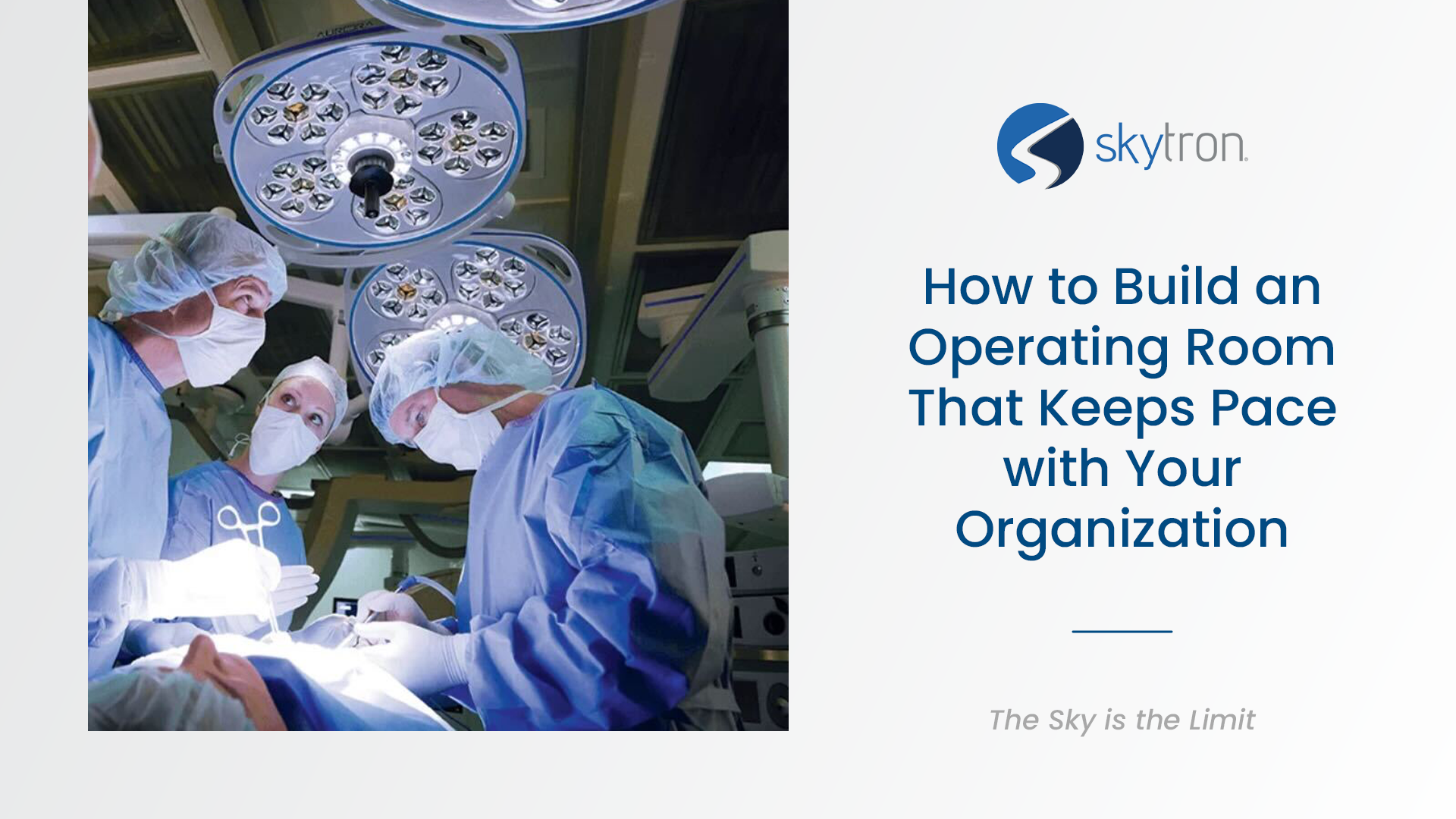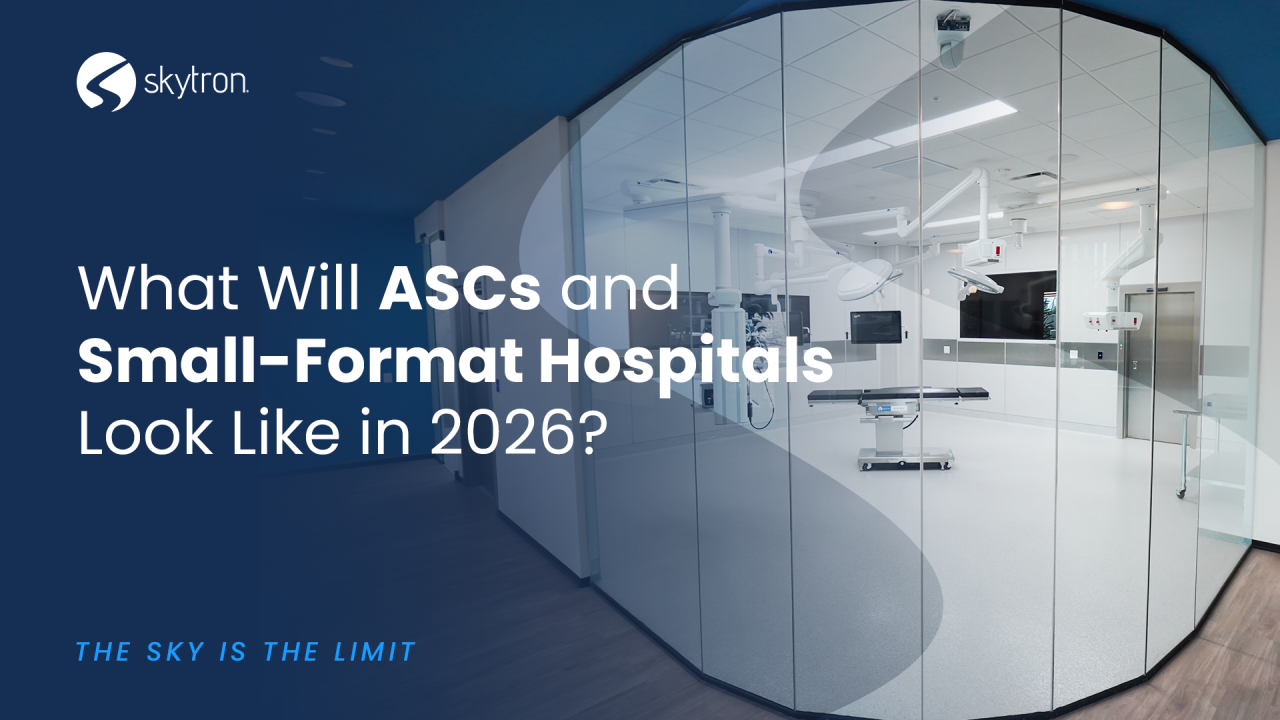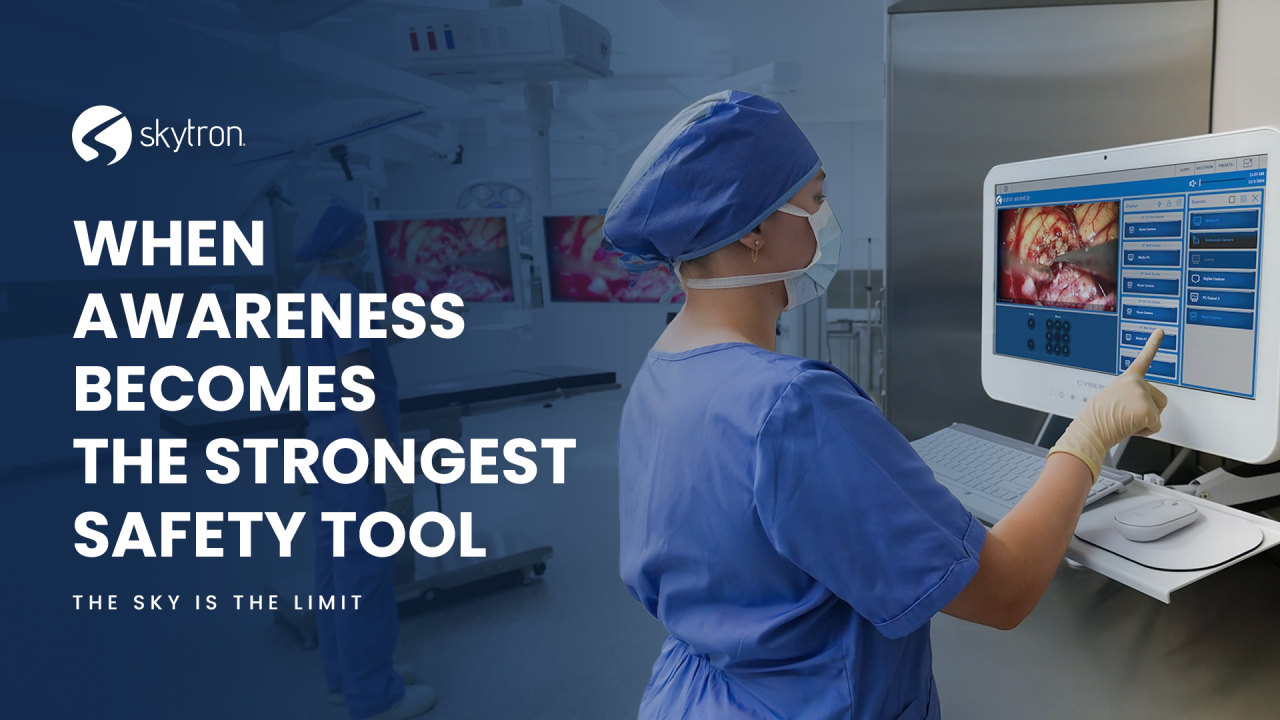
-
Written ByRebecca Kinney
-
PublishedNovember 10, 2025
The most successful ORs are the ones that can adapt gracefully, supporting new workflows and surgical teams without disruption or redesign.
What true adaptability looks like beyond robotics and technology trends
If your facility is planning a new operating room or renovation, you have likely heard the word flexibility in almost every design meeting. Future proofing. Adaptability. Building for what’s next. But what does that actually mean in practice?
Too often, flexibility is mistaken for adding more outlets or oversizing a room “just in case.” Real flexibility is built around how your people, processes, and equipment evolve over time. The most successful ORs are the ones that can adapt gracefully, supporting new workflows and surgical teams without disruption or redesign.
The Power of Soft Flexibility
Technology moves fast, but construction and capital budgets rarely keep pace. Your facility may not have the option to renovate every few years, so designing adaptability directly into the space becomes essential. Instead of planning for complete rebuilds, consider infrastructure that can evolve without tearing into walls or ceilings. Elements such as modular ceiling systems, adaptable booms, and overhead infrastructure designed with extra capacity create a framework your team can modify as case types and technology change. Elements such as modular ceiling systems, adaptable booms, and overhead infrastructure designed with extra capacity create a framework your team can modify as case types and technology change. Designing overhead systems with room for future gas, vacuum, or data connections allows your facility to adjust to new equipment needs without reconstruction.
Healthcare Design Magazine notes that ceiling utility grids and “plug and play” booms have become vital in multi-specialty ORs because they allow reconfiguration while maintaining workflow integrity. In other words, the room is built to adapt as your surgical program grows.
Skytron’s architectural systems are developed with this same philosophy in mind, supporting flexible, integrated environments that can expand or reconfigure without downtime or disruption to patient care.
Designing from Evidence, Not Assumptions
When planning your new OR, data should drive design decisions, not assumptions. Evidence based design, which uses data and post occupancy insights to shape planning, gives your team the opportunity to learn from existing spaces before committing to new layouts.
Start by asking:
- How often do rooms in your current suite get reassigned to a different specialty?
- What bottlenecks happen most frequently during turnover?
- How long does it take to add or replace new equipment connections?
Post occupancy evaluations, or reviews of how a new space performs once it’s in regular use, help design teams understand what worked well and what needs adjustment. The Center for Health Design and AORN Journal both highlight that evidence-based design improves safety and efficiency, but only when organizations build feedback loops into their process—design, measure, adapt, and repeat.
When your OR infrastructure is informed by data, it becomes much easier to add new visualization systems, integration platforms, or surgical lighting later without having to start over.
Human Centered Adaptability
No matter how flexible a room is on paper, your design only succeeds if it supports the people using it. Human-centered adaptability focuses on how clinicians move, communicate, and maintain focus under pressure.
Before breaking ground, mock up a realistic room layout. Have your surgical, anesthesia, and nursing teams walk through case scenarios. Watch how often they pivot, reach, or move equipment mid-procedure. Small adjustments to sight lines, boom reach, or lighting controls can prevent big workflow frustrations later.
Research highlighted in OR Today and AAMI journals shows that designs accounting for human factors reduce cognitive load and error rates while improving collaboration. Adjustable lighting, movable workstations, and ergonomic equipment positioning not only reduce fatigue—they keep teams focused when it matters most.
Building Smart Flexibility Into Your Design
Designing for flexibility is not about predicting the future, it is about preparing for change.
When your facility combines soft flexibility with evidence-based design and human-centered planning, you create operating rooms that are ready to evolve without interruption.
Skytron’s architectural systems support that same approach. Adaptable, integrated, and built to grow with your organization’s needs.
Your next OR build is an opportunity to design smarter, not bigger. The right foundation today ensures your rooms continue to perform well, no matter what tomorrow brings.
References
1. Healthcare Design Magazine. “Planning for the Flexible Operating Room”
2. Healthcare Purchasing News. “Designing ORs with Multi Use Infrastructure”
3. AORN Journal. “Evidence Based Design in Surgical Environments”
4. The Center for Health Design. “Defining Flexibility in Healthcare Environments”
5. OR Today. “Designing for the Human Factor in the OR”
6. AAMI. “Human Factors and Ergonomic Design for Medical Environments”





